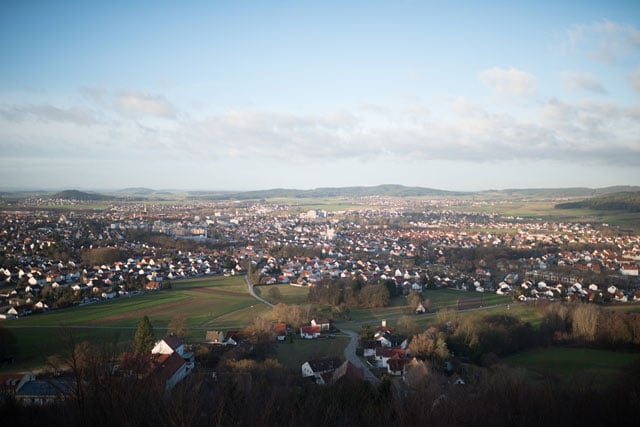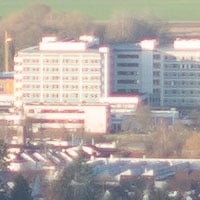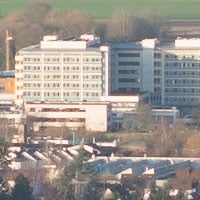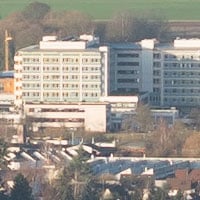Sigma 35mm f1.4 Art review
-
-
Written by Thomas
Quality
Testing: Longitudinal Chromatic Aberration and focus shift
With lenses offering an aperture of f2.8 or larger I test for longitudinal CA (loCA, a.k.a. “axial color” or “bokeh CA”). The Sigma shows a clear magenta coloration in the foreground (left) and greenish hues in the background (right). This also shows up in real-life shots. By f5.6 the effect is almost gone. The test also revealed that there is little focus shift to worry about. The Sigma performs better in both respects than the Nikkor 35mm f1.4.
Sigma 35mm f/1.4 Longitudinal Chromatic Aberration (loCA) |
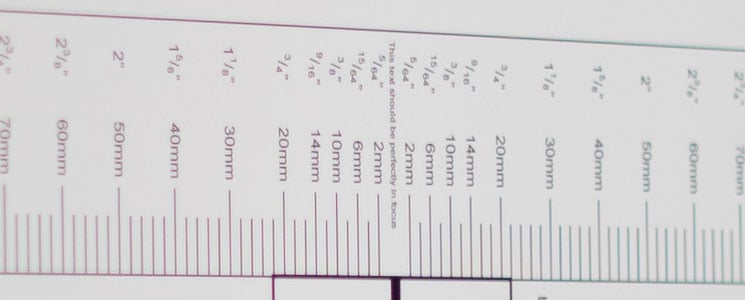 |
| 100% crop, 35mm, f1.4, left = foreground, right = background |
Sharpness and contrast
Let’s have a look at the theoretical performance (MTF-charts) compared to the Nikkor first:
Sigma 35mm f/1.4 versus Nikon 35mm f/1.4 MTF | ||
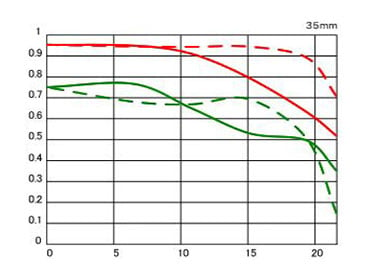 | 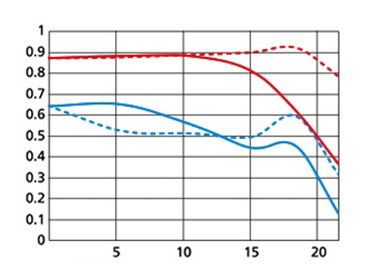 | |
| Sigma 35mm at f1.4 | Nikon 35mm at f1.4 | |
These charts show the lens-performance at the largest aperture f1.4. Higher values are better and the closer the dotted and the continuous lines of each color are together the less astigmatism (= resolution depends on the orientation of the test-pattern) the lens has. The x-axis displays the distance from the optical axis (=center of the sensor) in mm. I’ll show you the real-life performance at 4 mm (center), 13 mm (DX-corner), and 20 mm (FX-corner) on a D800.
From the charts the new lens should perform on a very high level regarding overall contrast at least up to the borders of a DX/APS-C sensor. Sharpness (contrast with finer details) also looks on a higher level than from the Nikkor but develops some astigmatism around 15mm distance from the image-center (DX/APS-C corners). There’s also a sharp drop in sharpness on the last millimeter (from 20mm to 21mm) of the full-frame image-circle. But looking at these charts you should always keep in mind that these are recorded at f1.4 – an aperture that is extraordinarily large. Let’s see how this theoretical performance translates into real life results in the sharpness test based on Siemens-stars – and how the performance increases when you stop this lens down.
What follows are near-center results (first column) followed by DX-corner results and FX-corner results on a D800. The D800 results from the DX-corner should be a very good approximation for performance on a 16MP DX sensor (like the D7000), because the pixel-pitch of both sensors are the same. But differences in the AA-filter and micro-lens-design of a D800 and a D7000 might yield different end-results.
Processing was done in Lightroom 4.3 from RAW at camera standard settings. Noise-reduction is set to 0, sharpening to 70/0.5/36/10, with no extra tone, color, or saturation-adjustment. White-balance was adjusted to a neutral white and I did some exposure compensation to make the brightness match. CA-removal is ON. Focus was optimized for each shot.
The following are all 100% crops!
Sigma 35mm f/1.4 with Nikon D800 100% crop from center | Sigma 35mm f/1.4 with Nikon D800 100% crop from DX-corner | Sigma 35mm f/1.4 with Nikon D800 100% crop from FX-corner | ||
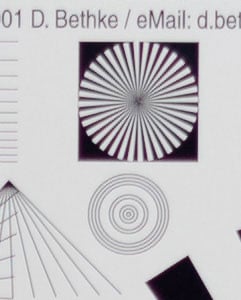 | 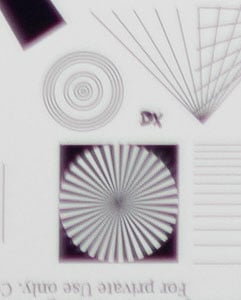 | 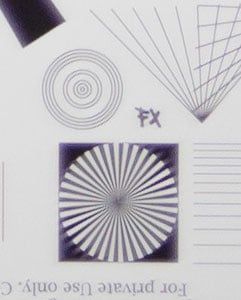 | ||
35mm, f1.4, 100 ISO | 35mm, f1.4, 100 ISO | 35mm, f1.4, 100 ISO | ||
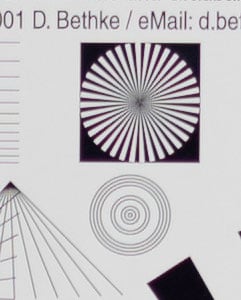 | 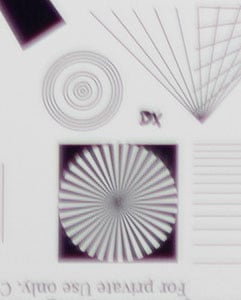 | 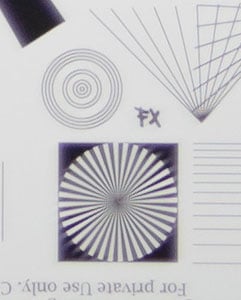 | ||
35mm, f2.0, 100 ISO | 35mm, f2.0, 100 ISO | 35mm, f2.0, 100 ISO | ||
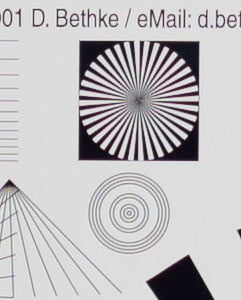 | 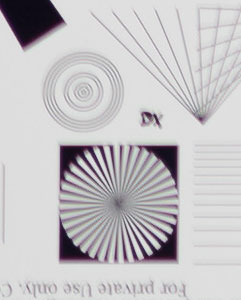 | 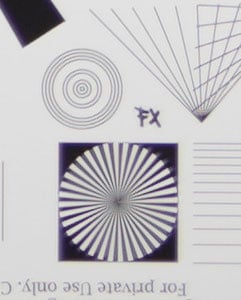 | ||
35mm, f2.8, 100 ISO | 35mm, f2.8, 100 ISO | 35mm, f2.8, 100 ISO | ||
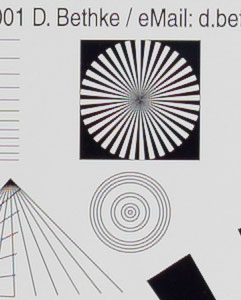 | 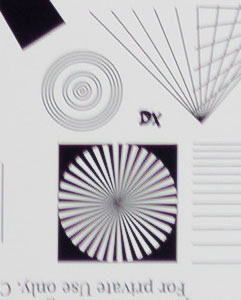 | 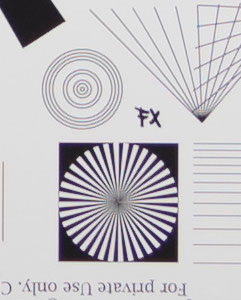 | ||
35mm, f4.0, 100 ISO | 35mm, f4.0, 100 ISO | 35mm, f4.0, 100 ISO | ||
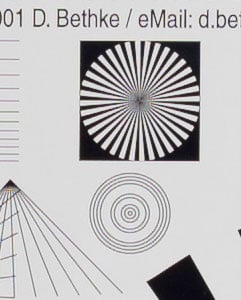 | 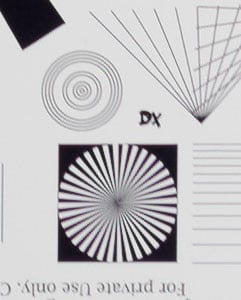 | 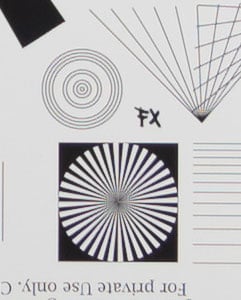 | ||
35mm, f5.6, 100 ISO | 35mm, f5.6, 100 ISO | 35mm, f5.6, 100 ISO | ||
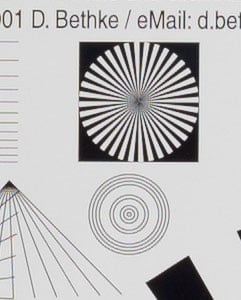 | 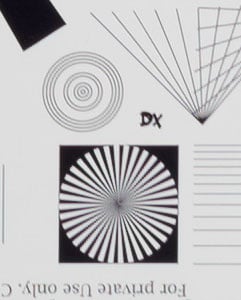 | 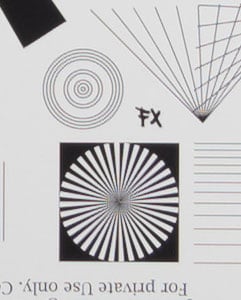 | ||
35mm, f8.0, 100 ISO | 35mm, f8.0, 100 ISO | 35mm, f8.0, 100 ISO | ||
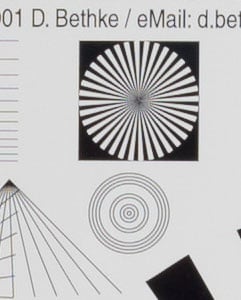 | 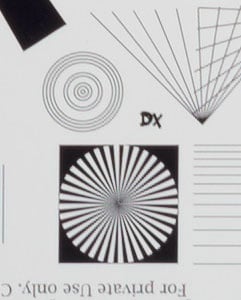 | 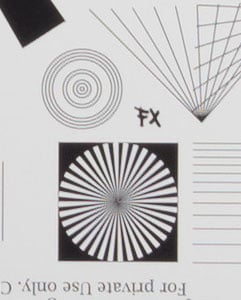 | ||
35mm, f11, 100 ISO | 35mm, f11, 100 ISO | 35mm, f11, 100 ISO |
These 100% crops directly from a 36MP D800 sensor show that this lens is very sharp wide open in the center and also performs very well in the FX-corner. What is even more impressive is that the FX-corners didn’t need any focus-adjustment to come out as they are shown here: The crops from the FX-corner are from the same shots as the crops from the center! But the DX-corner is the weak spot of this lens, despite the focus being adjusted here to optimize the performance in the DX-corner (a clear sign of some field curvature between the center and the FX-corner): even up to f4.0 residual spherical aberrations and astigmatism mar the otherwise impressive performance. This also shows up in real-life shots: sharpness is distributed unevenly across the frame at large apertures.
Diffraction is setting in at f11 albeit only slightly. So you can easily shoot your landscape shots with this lens at f11 and not worry about much softening. Distortions are minimal.
The following shots from the Nikon AF-S 35mm f/1.4G at f1.4 show that the Sigma even slightly surpasses the already impressive performance of the Nikkor wide open – which incidentally suffers from the same dip in performance around the DX image-circle.
Nikon 35mm f/1.4G with Nikon D800 100% crop from center | Nikon 35mm f/1.4G with Nikon D800 100% crop from DX-corner | Nikon 35mm f/1.4G with Nikon D800 100% crop from FX-corner | ||
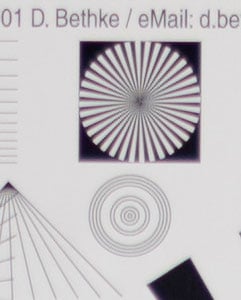 | 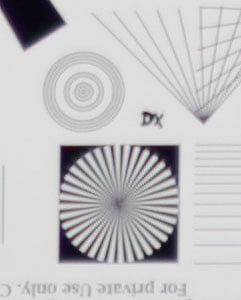 | 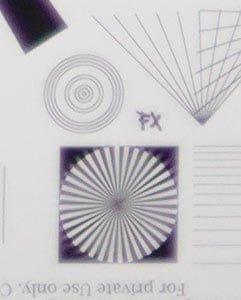 | ||
35mm, f1.4, 100 ISO | 35mm, f1.4, 100 ISO | 35mm, f1.4, 100 ISO |
Performance at long distances
The Siemens-star test-targets are shot at a distance of 40x focal length (in this case 1.4m). But performance of lenses also depends on the shooting distance. Therefore I do another series of test-shots of a landscape dubbed the “Unremarkables” where you can measure distances in km, not meter. Processing was done in Lightroom 4.3 from RAW at Adobe Standard settings. As always noise-reduction is set to 0, sharpening to 70/0.5/36/10, with no extra tone, color, or saturation-adjustment. There’s no tinkering with vignette-control so you see it here as it is produced by the lens. Focus was acquired at the largest aperture in contrast-based AF with a little optimization by hand and not changed for other apertures. The optimization was to “overshoot” the optimal focus for the center a little bit (back-focus) to improve on the border-performance. This is a way to cope with the field-curvature of this lens in landscape sceneries that brings a little magenta fringing for high-contrast edges in the center – which shows in this example. If you had a less contrasty scene in front of you the fringing would be almost invisible.
You can click on each image to access the large original. Please respect our copyright and only use those images for personal use. The large originals also show that my copy of this lens has a slight decentering defect: the left side is weaker than the right.
The main image shows the complete scene at f1.4 to give you an impression of the angle of view and to judge vignetting. This is followed by one row of 100% crops at different apertures each from the middle and the right (FX-)border.
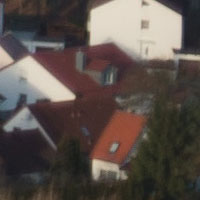 | 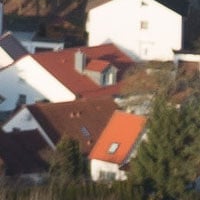 | 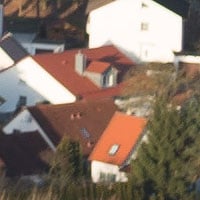 | ||
35mm, f1.4, 100 ISO, border | 35mm, f2.8, 100 ISO, border | 35mm, f4.0, 100 ISO, border | ||
The border-performance wide open again is quite astonishing. At f4.0 the quality is very good across the frame. Vignetting at f1.4 is relatively low.
All-in-all the lens is an impressive performer had it not been for the dip in sharpness around the DX-borders/corners. Field curvature makes it not ideally suited for flat objects. But other than that it produces sharp and contrasty images with an excellent center plus good FX-corner from f2.8 onward. Just take care of the DX image-circle where subjects might need stopping down to f5.6 (or even f8) to match the image quality in other areas of the sensor.
Now let’s check out some Sigma 35mm f1.4 sample images, or if you’ve seen enough, head over to my verdict.
